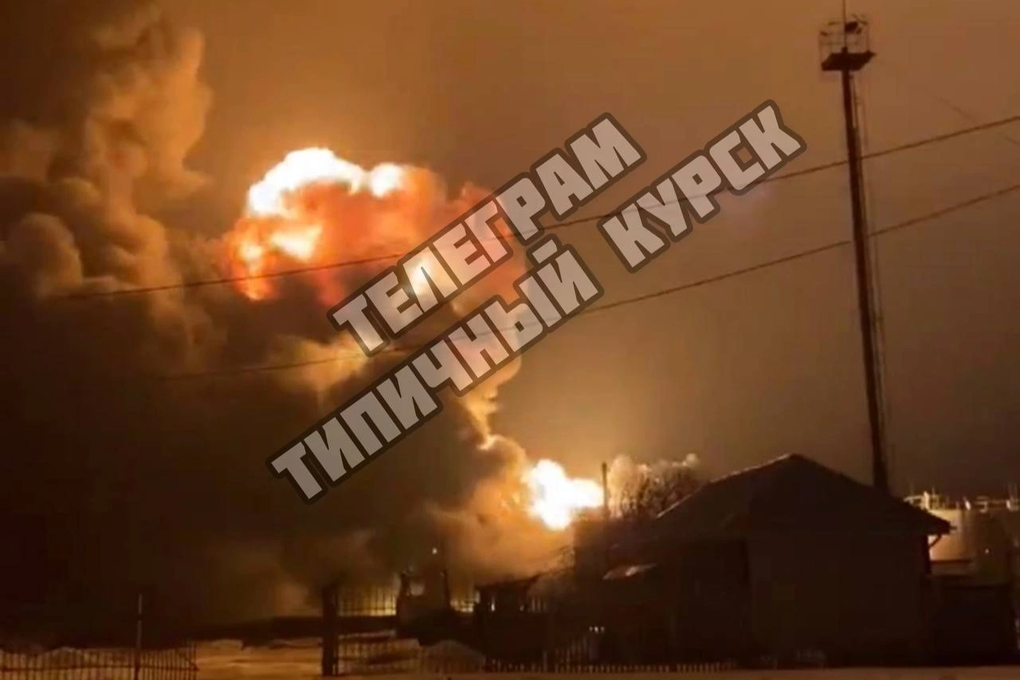
Fire broke out after an oil depot in Kursk was attacked (Photo: Telegram/RT).
Local governor Roman Starovoit confirmed early on February 15 that Ukrainian forces targeted an oil and gas facility in Russia's Kursk border region with unmanned aerial vehicles (UAVs).
According to Russian officials, the Ukrainian attack occurred on the outskirts of the city about 450km south of Moscow and targeted an oil and gas facility.
According to preliminary reports, the drone attack caused no casualties. Governor Starovoit said law enforcement agencies and rescue services were working at the scene.
Several Telegram channels posted videos showing a large fire at the scene of the attack. News channel Baza said a 100-ton fuel tank was on fire and firefighters were working to bring the blaze under control.
The attack in Kursk is the latest in a series of Ukrainian attempts to attack Russian energy facilities since conflict erupted in Ukraine.
Last month, a drone was used to attack an oil refinery in Russia’s Yaroslavl region. In early January, a Novatek natural gas processing plant in the port of Ust-Luga in Russia’s Leningrad region, nearly 1,000km from the border with Ukraine, caught fire due to “external impact”.
The oil and energy export sector is an important lifeline for the Russian economy , accounting for about 30% of state budget revenues. According to Statista, Russia is the world's third largest oil producer, accounting for more than 12% of global crude oil production.
“The problem at Russian oil refineries has become systemic,” Anton Gerashchenko, an adviser to Ukraine’s interior minister, wrote on social network X shortly after the fire at a major Rosneft-owned refinery in the southern Russian town of Tuapse on January 25.
Citing industry data, Bloomberg said that if Ukraine successfully attacks two major Russian oil depots in the Baltic Sea, Ust-Luga and Primorsk, it could cause Russia to stop exporting 1.5 million barrels of oil per day, causing billions of dollars in damage.
The daily volume of oil transported through these two oil terminals accounts for more than 40% of Moscow's total seaborne crude oil exports on average from January to November 2023, according to Bloomberg .
According to Forbes , recent attacks on Russia's fuel infrastructure were based on the principle of detonating explosives using small, cheap drones.
Although small UAVs cannot carry as much explosives as fighter jets, with good targeting capabilities, they can attack ammunition or fuel depots. For these types of targets, UAVs are still capable of causing secondary explosions to destroy them, even if they only carry a small amount of explosives.
Forbes assessed that a large number of Russian oil and gas facilities are within range of Ukrainian strikes and that it is impossible to protect all of them. Moreover, Russia's current air defense systems are not effective against small drones.
Source








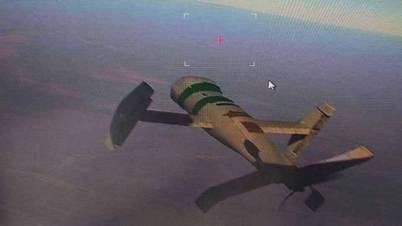

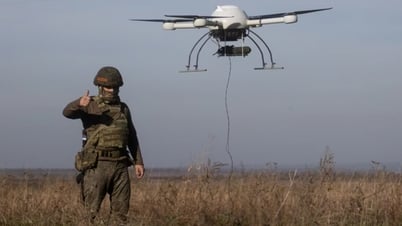


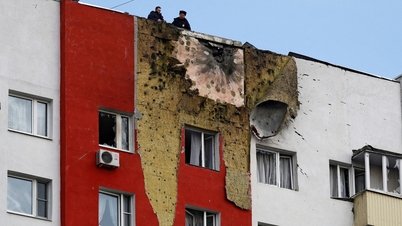

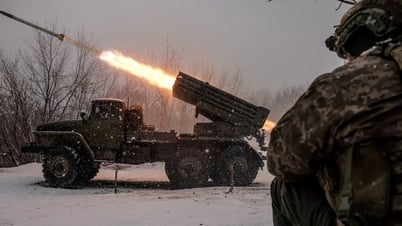


































































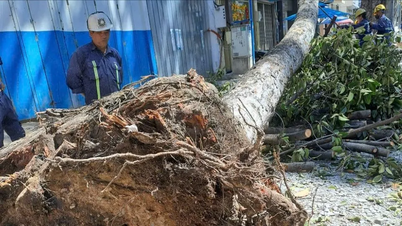




















Comment (0)